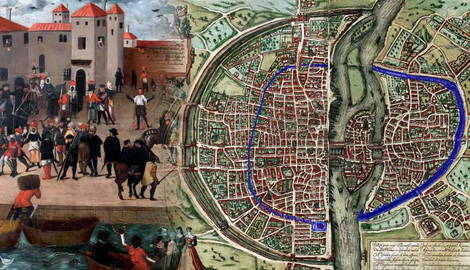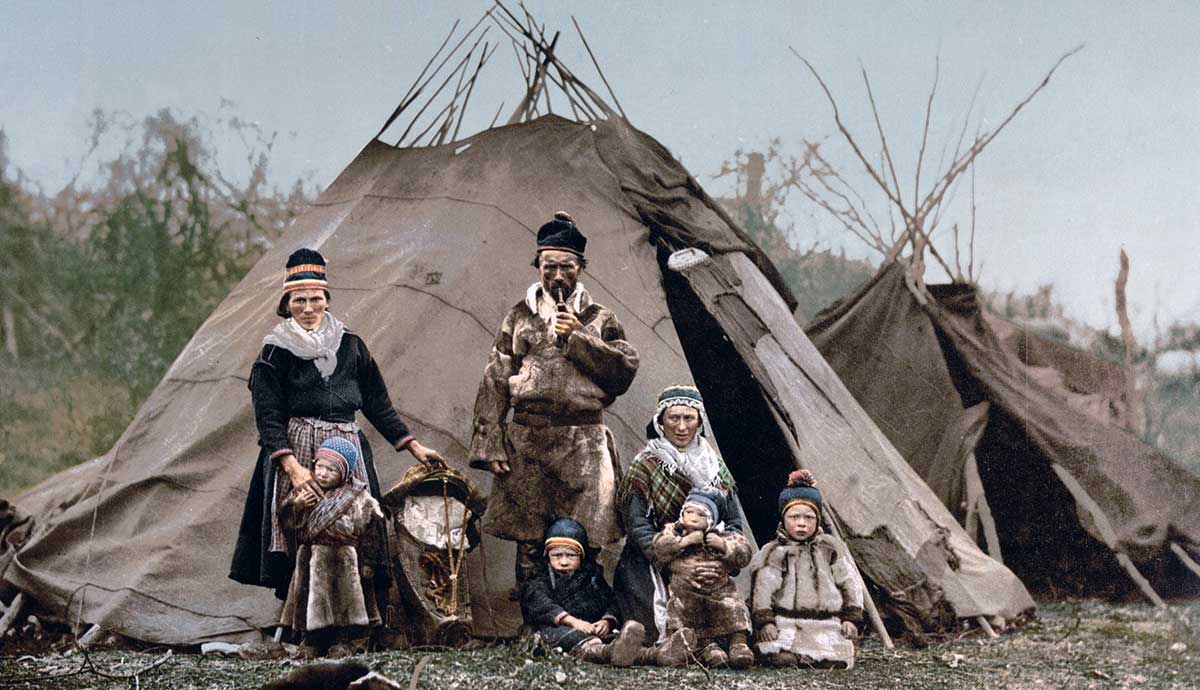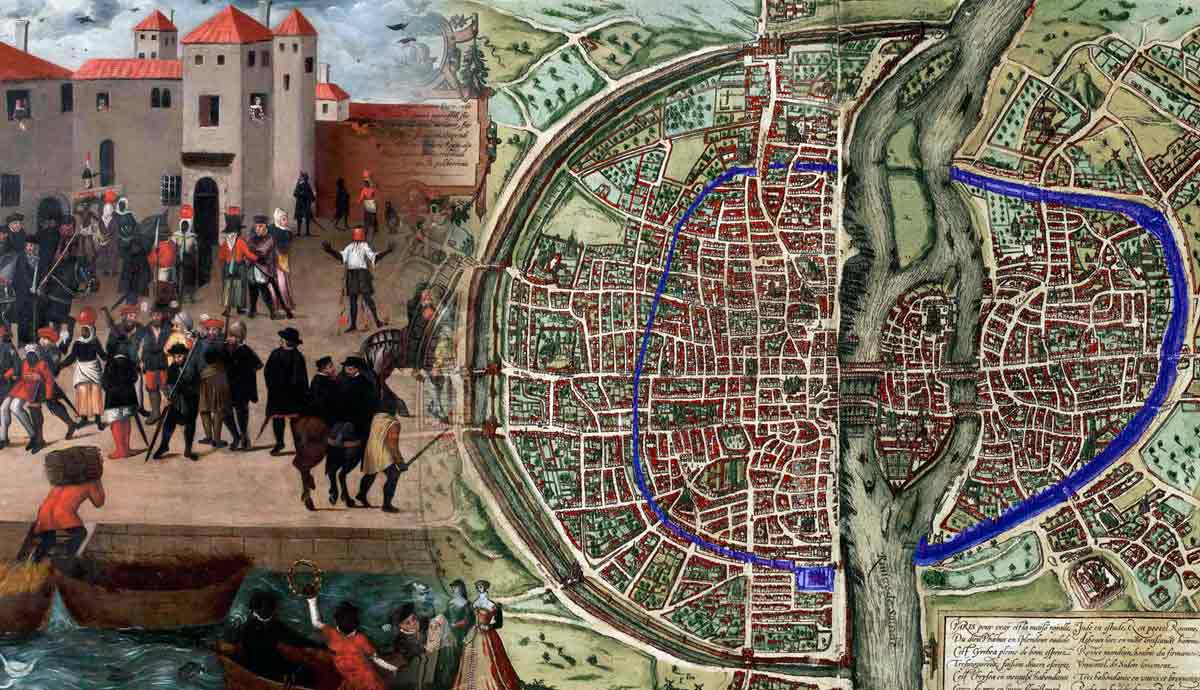
The Renaissance was a time of great change in Europe. Technology, along with art and culture, was greatly refined, and cultural movements sprang up that redefined society. The urban landscape, too, went through great shifts, and while some cities retained their powerful status, others became more prominent or faded into obscurity.
Some cities blossomed to become great centers of industry with huge populations to match the growing prosperity. Here are 5 of the biggest and most populous cities of the European Renaissance. You can also read our guide of the 10 most important cities of the ancient world.
1. Paris: The City of Lights
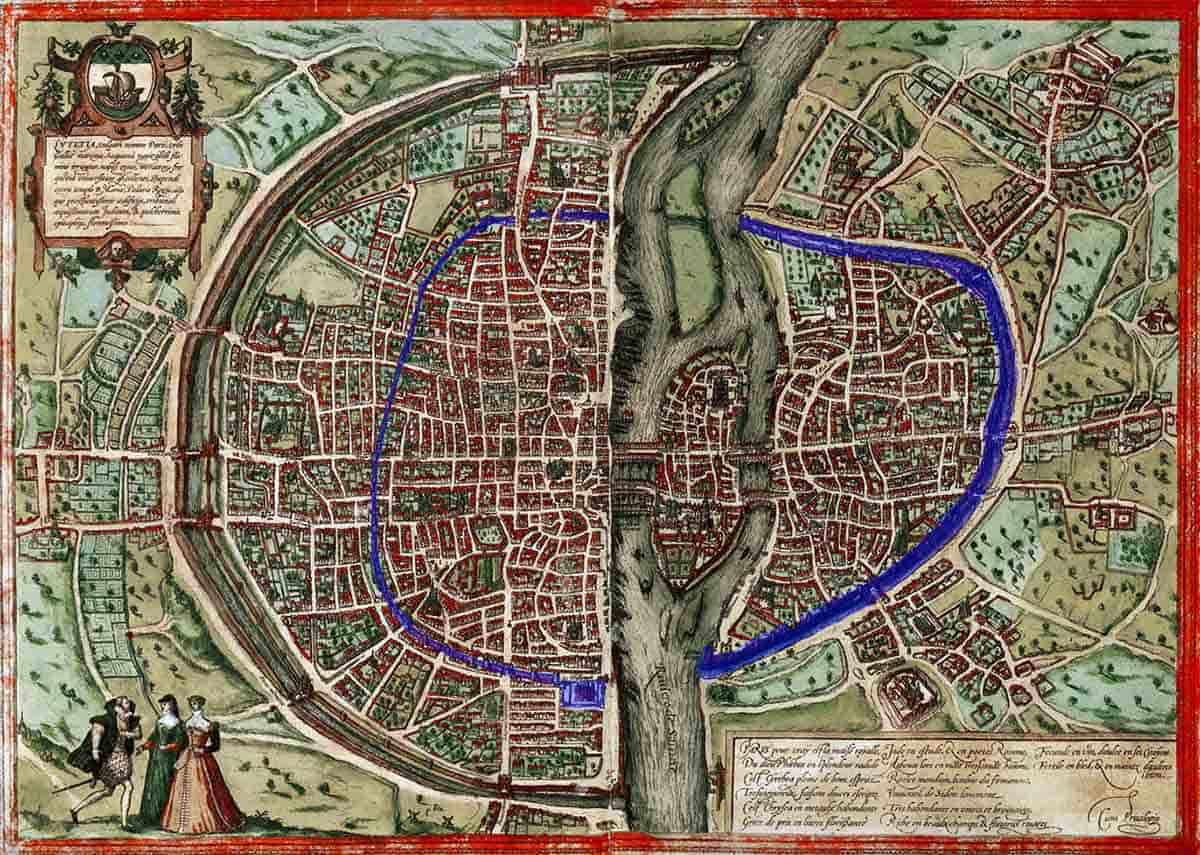
Although the history of Paris stretches back over 2,000 years, it wasn’t always the most prominent city in what would become France. In Roman times, that honor went to Lugdunum, known today as Lyon.
Paris (or Lutetia, as the Romans named it) expanded and grew in power as the centuries passed, and it eventually became a capital city in 508 when Clovis made it the capital of the Frankish Kingdom. Paris emerged as the cultural center of the French world in the 10th century and grew even further in prominence during the Middle Ages.
Just as the Renaissance influenced other cities in Western Europe, it was a major transformative power in Paris, too. Intricate architectural styles were introduced along with cultural, intellectual, and artistic influence, which fueled growth throughout major parts of the city.
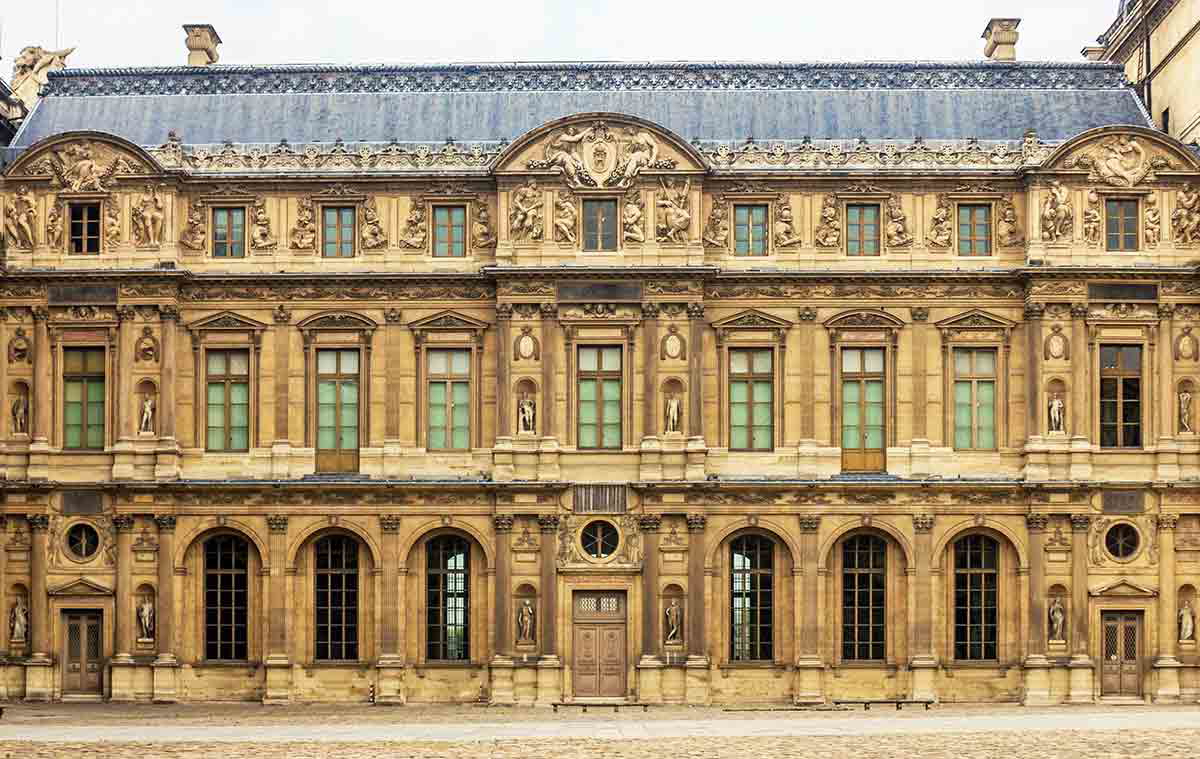
Through art and architecture, the passage of the Renaissance in Paris can be seen to have been heavily influenced by Italian ideas before evolving to include French ideas such as the heavy focus on humanism, which was part of a larger intellectual movement in France at the time.
As cultural influences and Parisian society achieved new heights, so too did the city’s population. From 1500 to 1650, the Parisian population grew from about 185,000 to 455,000 people. This growth was aided by the French monarchy, which centralized power in Paris and encouraged projects of art and culture throughout the city. Paris was also well-located, and received the benefits of an influx of merchants as trade expanded across the continent.
2. London: The Center of the English World
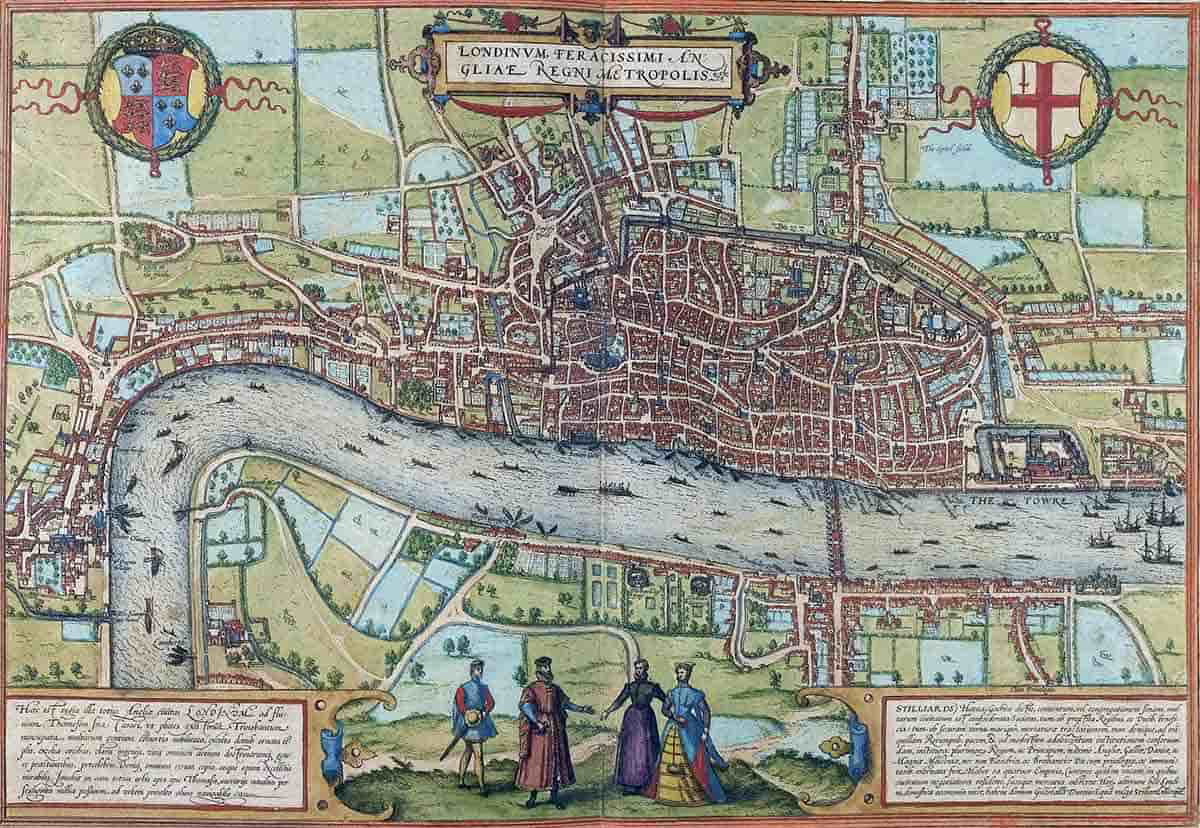
London, the capital of England, and more recently, the United Kingdom, has been a center of historical attention for over two millennia. The city, founded by the Romans on the banks of the Thames underwent huge growth during the late Medieval Period, and during the Renaissance, its population exploded.
At the beginning of the Renaissance, around 1500, the city’s population was about 50,000, and by the end of the Renaissance in the early 17th century, London had a population of about 400,000.
There were many reasons for this growth. One of them was that the central government was shifted to Westminster, near London. Thus, London attracted many politicians and those involved with the government of England.
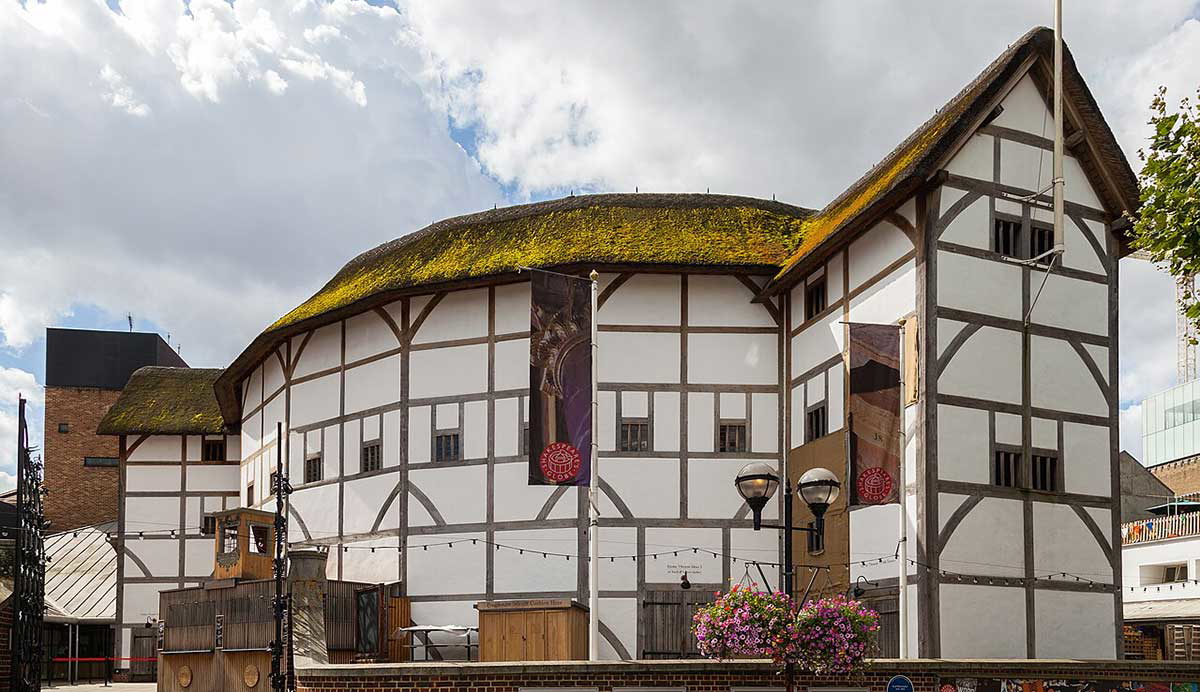
Forming an economic foundation for the growing city, London’s merchant class grew, and many traders traveled to the city to set up their businesses and trade their wares. Large trading companies were set up, such as the Muscovy Company, the Turkey Company, and later, the East India Company, which boosted London’s power on the world stage.
London also became a hub for culture and the arts, as well as a hub for intellectualism. Theater played a major role in London’s transformation, and many people traveled to the city to take part in the theatrical life of the city, which included the famous William Shakespeare.
3. Naples: A Metropolis on the Mediterranean
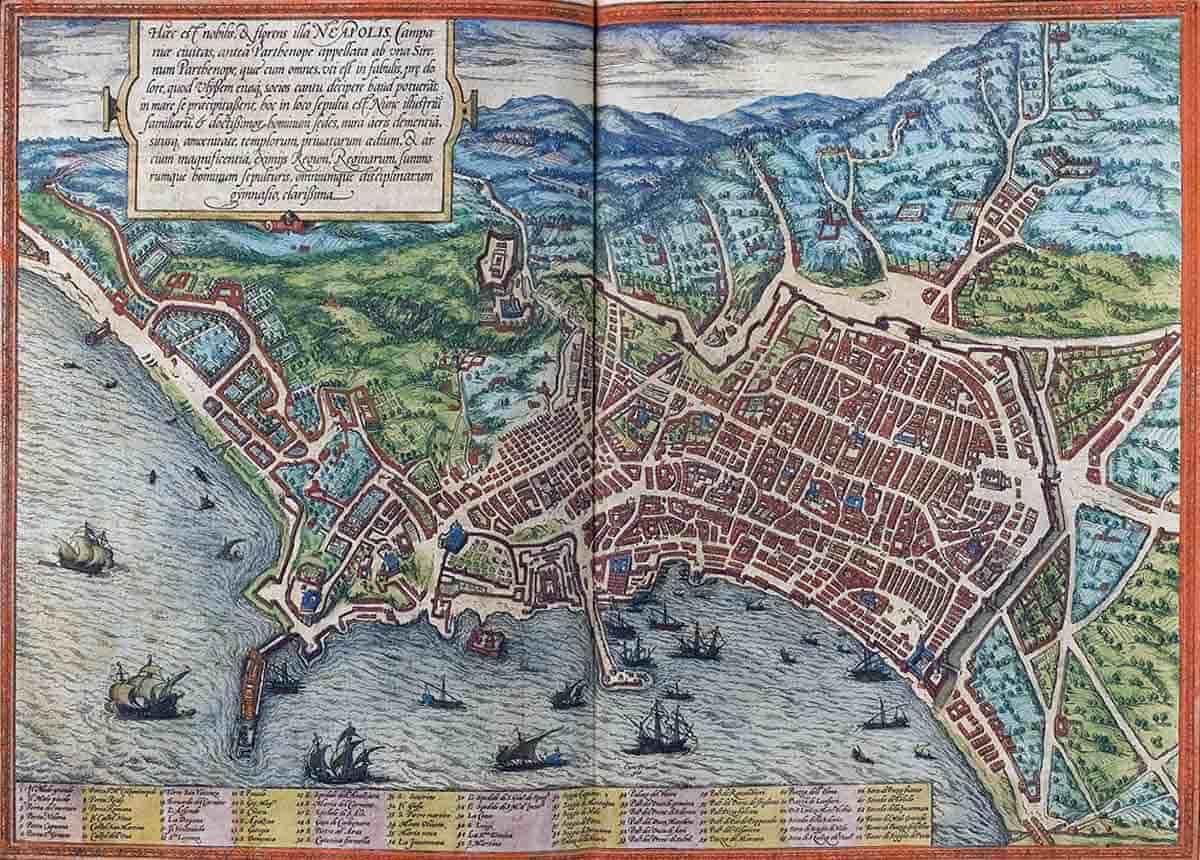
Italy is typically seen as the birthplace of the European Renaissance, with cities like Rome, Venice, Florence, Milan, and many others experiencing a boom in culture and art during the time. Of note, however, is the city of Naples in Campania, which experienced massive growth during the Renaissance to become the most populated city on the Italian Peninsula.
Naples served as the capital of the Kingdom of Naples, a powerful and prominent state during the Renaissance. The kingdom covered the lower half of the Italian Peninsula, and Naples, with its connection to the sea, was a major economic hub that connected the trade routes across the Mediterranean.
At a time of renewed interest in scholarship across the continent, Naples acted as a port of entry for Greek and Arab learning, and through Naples, these foreign ideas were disseminated to the rest of Italy and across the European continent.
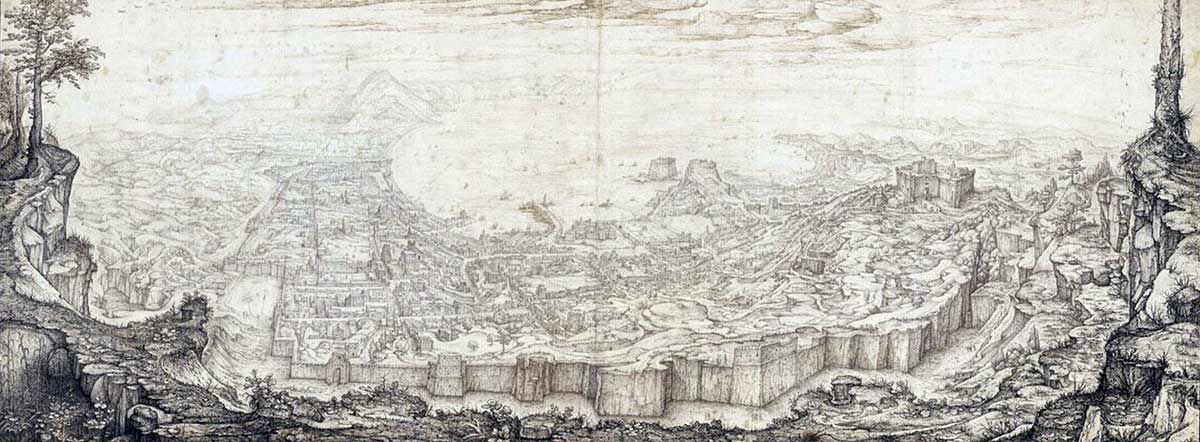
Of major note was the ownership of the Kingdom of Naples. In 1503, the Spanish took control, ousting the French after the Battle of Garigliano. For the next two centuries, the Kingdom of Naples, along with Sicily and Sardinia, were ruled as viceroyalties that were part of the Spanish Empire. In the 16th century, thanks to its colonial ventures in the Americas, Spain grew to become (arguably) the most powerful empire in the world. Naples benefited greatly from being part of this growth and received access to vast amounts of wealth.
4. Lisbon: The Hub of a Trade Empire
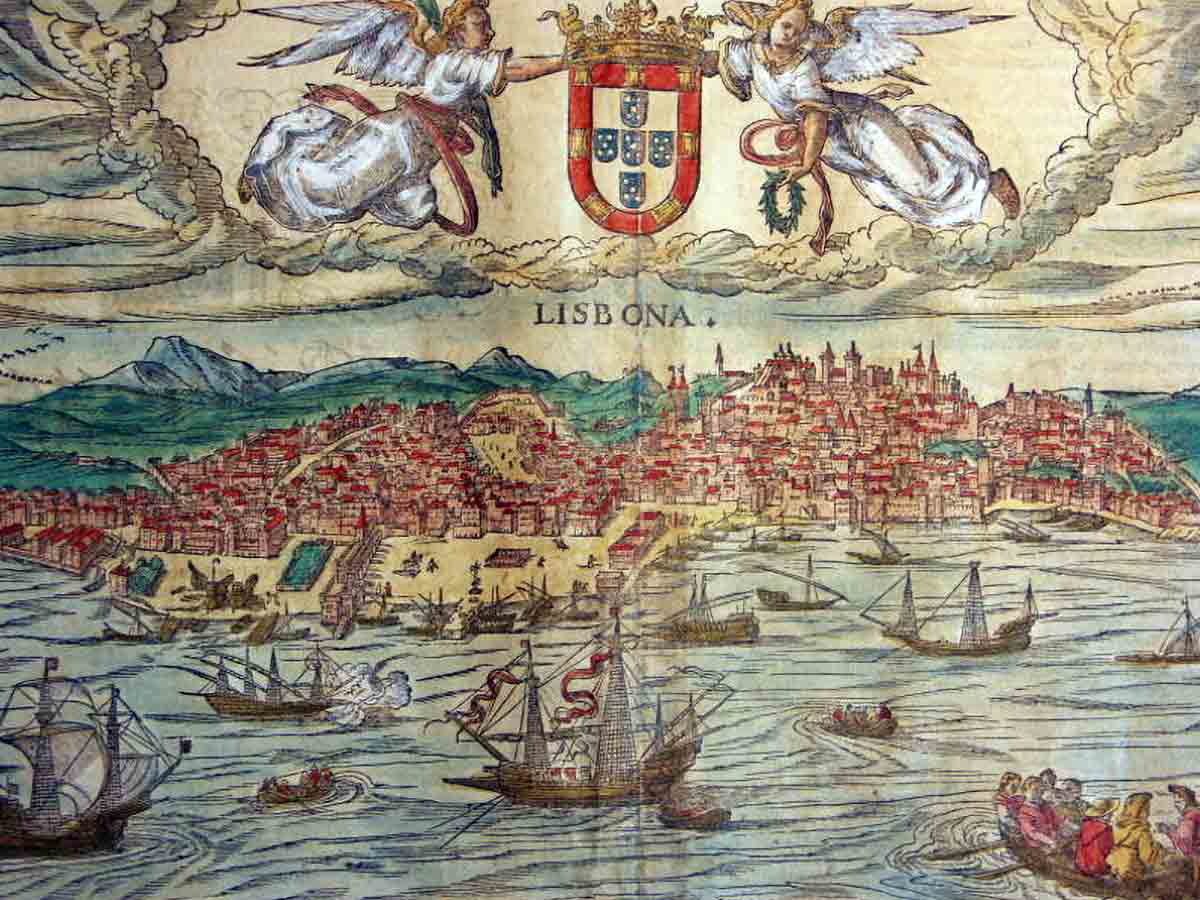
At the beginning of the Renaissance, the Spanish and Portuguese Empires blossomed. At the center of the Portuguese Empire was the capital of Lisbon, which became one of the most important cities in Europe over the next few hundred years.
The results of being at the center of this trade empire had a significant effect on the capital, and opportunities grew, along with a population that increased from around 55,000 in 1500 to 170,000 by 1650.
Lisbon received vast quantities of goods from around the world as explorers and traders set out to explore the world and do business. The Age of Exploration was a time of immense growth for the city, as knowledge and new ideas poured in. Lisbon’s population also became extremely diverse in a way that reflected the status of a global city.
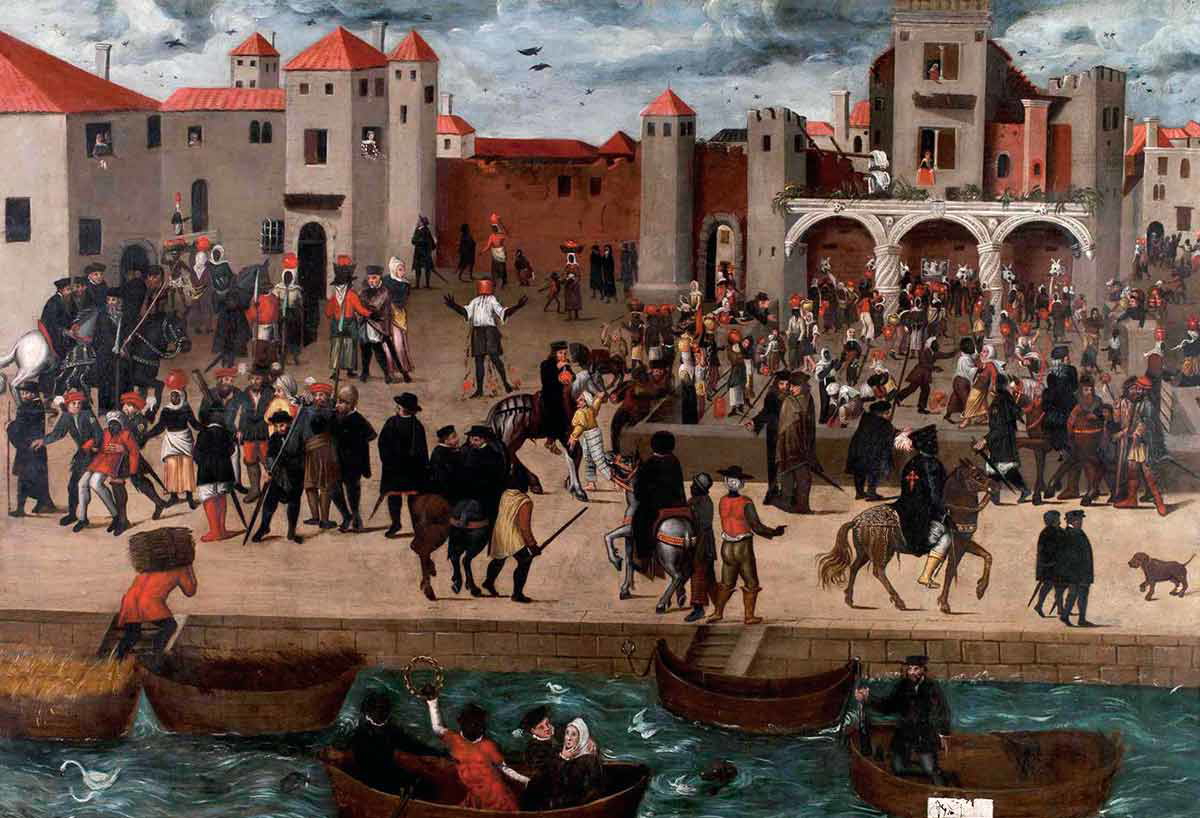
As the city’s wealth grew, so did that of the monarchy, which invested in building projects which served as a catalyst for further intellectual, artistic and cultural development. Artists in the city blended new ideas from Flemish painters with the styles from Renaissance Italy. Fusing these with Portuguese sensibilities resulted in works that were wholly unique. Many of the artists were also commissioned to work on religious projects, and much of Lisbon’s beauty lies in the architectural splendor of the churches that were built and transformed during this time.
5. Venice: “The Most Serene”
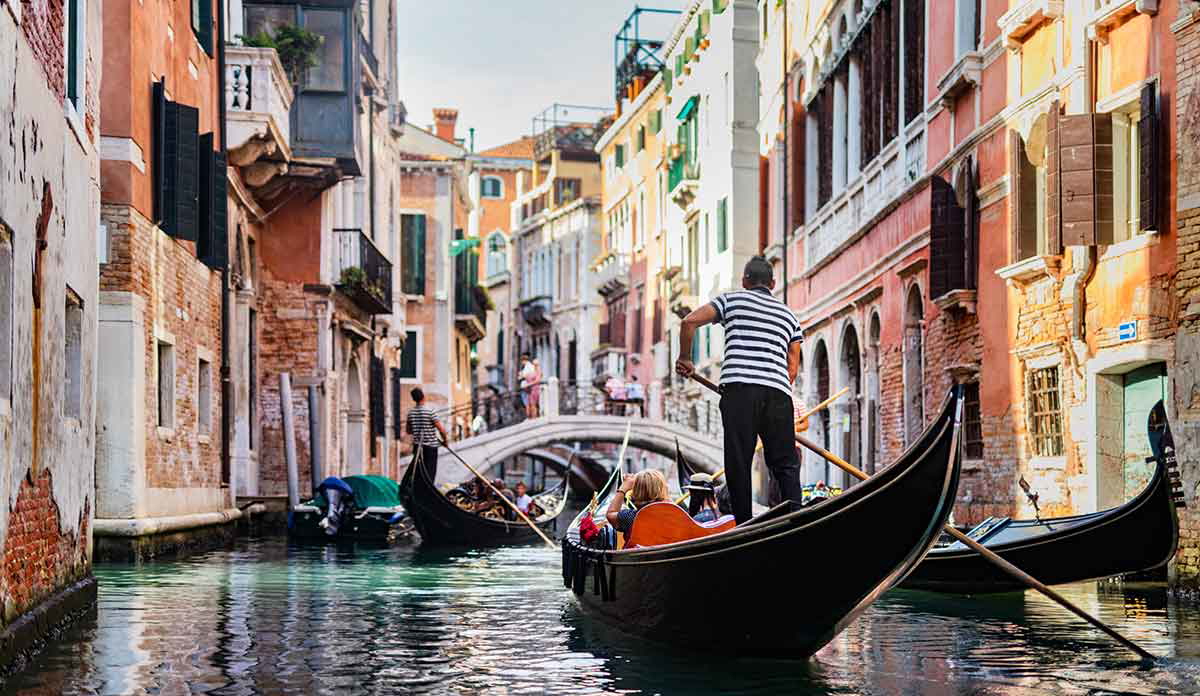
Full of splendor and vibrant Renaissance architecture, the city of Venice has captured the hearts and imaginations of millions of visitors. At the heart of a thriving empire, this city known as “La Serenissima” (The Most Serene), was one of the most important and populous cities during the European Renaissance.
Unlike many other populous cities of the Renaissance, Venice experienced a slow growth during this time. From around 1450 to 1650 the city grew from around 100,000 people to around 135,000 people. Despite this, Venice remained one of the most populous cities on the continent, and was a major port of call for economic, social, and cultural development.
The city had many wealthy patrons who influenced the cultural and artistic landscape. Titian, one of the world’s most famous painters, spent most of his career working in Venice. His name appears alongside other great Venetian painters such as Giovanni Bellini and Tintoretto.
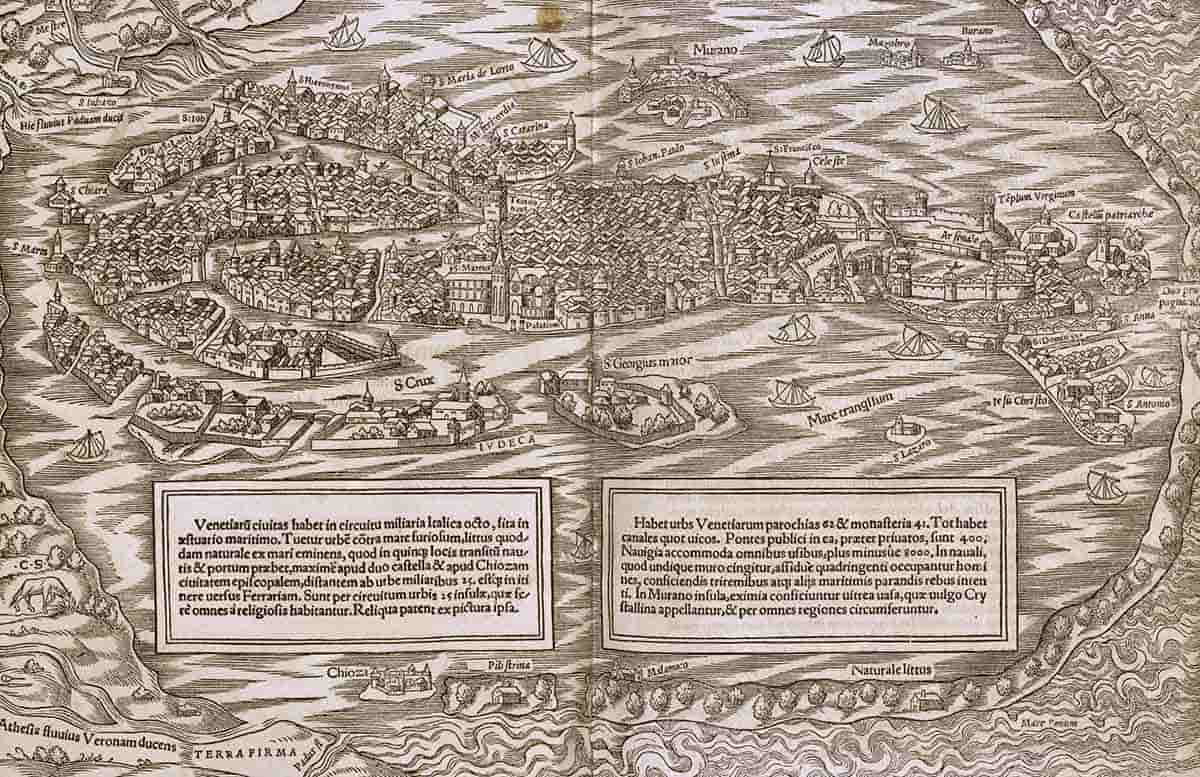
Of course, there were other cities of great prominence throughout the European Renaissance, which blossomed with art and culture, and which supported huge populations for the time. By the mid-17th century, Amsterdam, Palermo, Madrid, and Rome all had well over 100,000 residents, and were all hubs for cultural, social, and artistic expression as well as centers for the learning and science that exemplified the dynamics of the Renaissance on a rapidly changing continent.
